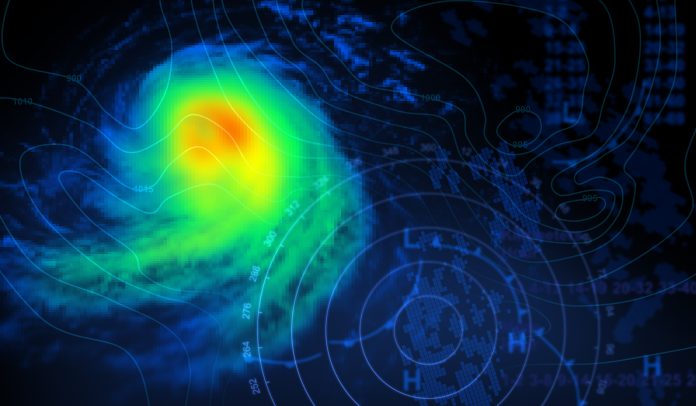Climate scientists Michael Wehner of Lawrence Berkeley National Laboratory and James Kossin of the First Street Foundation have advocated adding a new category to the Saffir-Simpson Hurricane Wind Scale: Category 6
For over half a century, the Saffir-Simpson scale has served as a vital tool in communicating the potential damage of hurricanes, ranging from Category 1, with wind speeds of 74 to 95 mph, to catastrophic Category 5, with winds exceeding 158 mph.
However, as the climate crisis escalates, Wehner and Kossin argue that the existing scale may no longer convey the escalating risks of increasingly intense storms.
“We need to reassess how we communicate the dangers of hurricanes in a warming world,” stated Wehner, a leading expert in extreme weather events and climate change impacts.
“With rising ocean temperatures fueling more powerful storms, the current scale may underestimate the true extent of the threat.”
Historical hurricane data
The researchers extensively analysed historical hurricane data from 1980 to 2021, revealing a concerning trend. They identified five storms during this period that would have qualified as Category 6 hurricanes, all occurring within the last nine years.
Furthermore, Wehner and Kossin utilised climate models to project future storm intensification under various warming scenarios.
Their simulations indicated that with just two degrees Celsius of global warming above pre-industrial levels—a threshold alarmingly close to current trajectories—the likelihood of Category 6 storms could increase by up to 50% in regions such as the Philippines and double in the Gulf of Mexico.
Kossin emphasised the importance of adapting risk messaging to reflect evolving threats. “While the addition of a Category 6 may not directly address all aspects of hurricane risk, it can serve as a powerful symbol of the escalating dangers posed by climate change-induced storms,” he explained.
“Our goal is to raise awareness and encourage proactive measures to mitigate the impacts of these increasingly severe events.”
The Paris Agreement and climate change
The proposal comes at a critical time as nations come to terms with the implications of the Paris Agreement, a landmark accord aimed at limiting global warming to 1.5°C above pre-industrial levels by the end of the century.
Even under these ambitious targets, the study warns of significant increases in Category 6 storm risks, particularly in vulnerable regions such as Southeast Asia and the Gulf of Mexico.
As communities face the threats of climate change, the call for enhanced awareness and proactive measures becomes ever more urgent.











